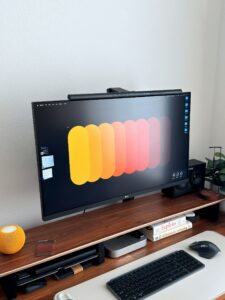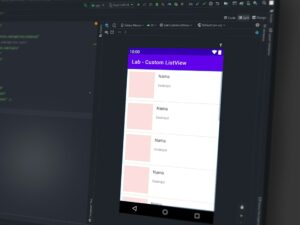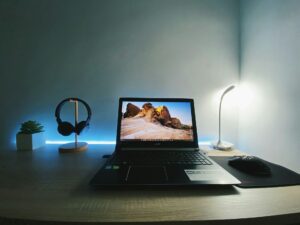How to Make the Most of Windows Clipboard History

How to Make the Most of Windows Clipboard History
For a long time, the Windows clipboard could only hold one copied object at a time, despite copying and pasting being one of the most common computer operations. This often meant deleting previously copied text, links, or images if you copied anything new. The limitation is removed by Clipboard History, which was introduced in Windows 10 and improved in Windows 11. You can now view and control a history of duplicate items, which will improve the efficiency, speed, and productivity of your work.
This post will explain how to activate Clipboard History, how to make the most of it, and some insider tricks to help you become a better copy-and-paste user.
What’s meant by Clipboard History?
With the help of Windows’ Clipboard History feature, you can store and retrieve a variety of copied items, including text, images, and links. Rather than replacing the last copy you made, Windows keeps track of a list of recent copies. This enables you to paste them whenever necessary.
Professionals, writers, programmers, and students who frequently work with multiple texts or media at once will find this especially useful.
How to Activate the History Clipboard
- Clipboard history is not enabled by default, so you must first turn it on:
- Press Windows + V on your keyboard.
- A small window will appear. Press “Turn On.”
1. The items you copy will now be stored on the clipboard by Windows.
Additionally, you can activate it by visiting:
- Turn it on by going to Settings > System > Clipboard > Clipboard History.
- Using Clipboard History Like an Expert 1. Accessing Clipboard History
- You can always press Windows + V to open the clipboard panel. This is a list of the most recent things you’ve copied. To paste it immediately, simply click on anything.
2. Highlighting Important Items
Certain information, such as email signatures, frequently used text, or codes, might need to be stored on your clipboard. You can pin items so they remain available even after you restart your computer or clear your history. To pin anything, click the pin icon after navigating over the item with your mouse and opening Clipboard History (Windows + V).
3. Erasing the History of the Clipboard
To preserve your privacy, you might want to periodically clear your history. In the clipboard panel, select Clear All. Anything that is pinned will not change.
4. Clipboard syncing between devices
Windows allows you to sync your clipboard across devices if you are logged into the same Microsoft account on multiple devices. This implies that you can directly copy and paste text from your desktop onto your tablet or laptop. To accomplish this:
Navigate to Settings > System > Clipboard > Sync between devices to activate it.
5. Copying Images
Not only can Clipboard History store text, but it can also store screenshots and small images. Designers, marketers, and anyone else who works with images frequently will find this useful.
- Power users should be aware of these unspoken hints: To expedite the process, use keyboard shortcuts.
- V + Windows → Access the clipboard’s history.
- Use Ctrl + C to make a copy of the selected item.
- Use Ctrl + X to cut the selected object.
- Paste the last item you copied using Ctrl + V.
- To combine, use Snipping Tool or Snip & Sketch.
When you take a screenshot by pressing Windows + Shift + S, the image is immediately saved to Clipboard History. This implies that you don’t need to save it as a file in order to paste it into any program.
Writing and Coding Clipboard
If you frequently use the same code blocks, phrases, or formatting, Clipboard History helps you avoid having to rewrite or open files repeatedly. Simply pin the sections you use most frequently so you can quickly access them.
- Windows 10 and 11 have different clipboard histories.
- Windows 11 has a cleaner, more contemporary clipboard interface.
- Windows 11 makes it easier to communicate and work creatively by adding GIFs and the emoji picker (Windows +.) directly to the clipboard.
- Performance: Compared to Windows 10, Windows 11 facilitates clipboard syncing.
Benefits of Clipboard History Use
- Saves time: You don’t have to repeatedly do the same thing.
- Boosts productivity: You can access multiple items simultaneously without pausing your work.
- Organize yourself better by pinning frequently used items so you can quickly access them.
- Support for several devices: Work on each one without any issues.
One of Windows’ most underutilized features, clipboard history has the potential to revolutionize the way you interact with text, links, and images on a daily basis. If you know how to pin items, sync them across devices, and integrate it with other tools like screenshots, you can use the clipboard as a productive tool rather than just a temporary location.
If you haven’t already, press Windows + V to activate Clipboard History. You’ll question how you managed to survive without it.




